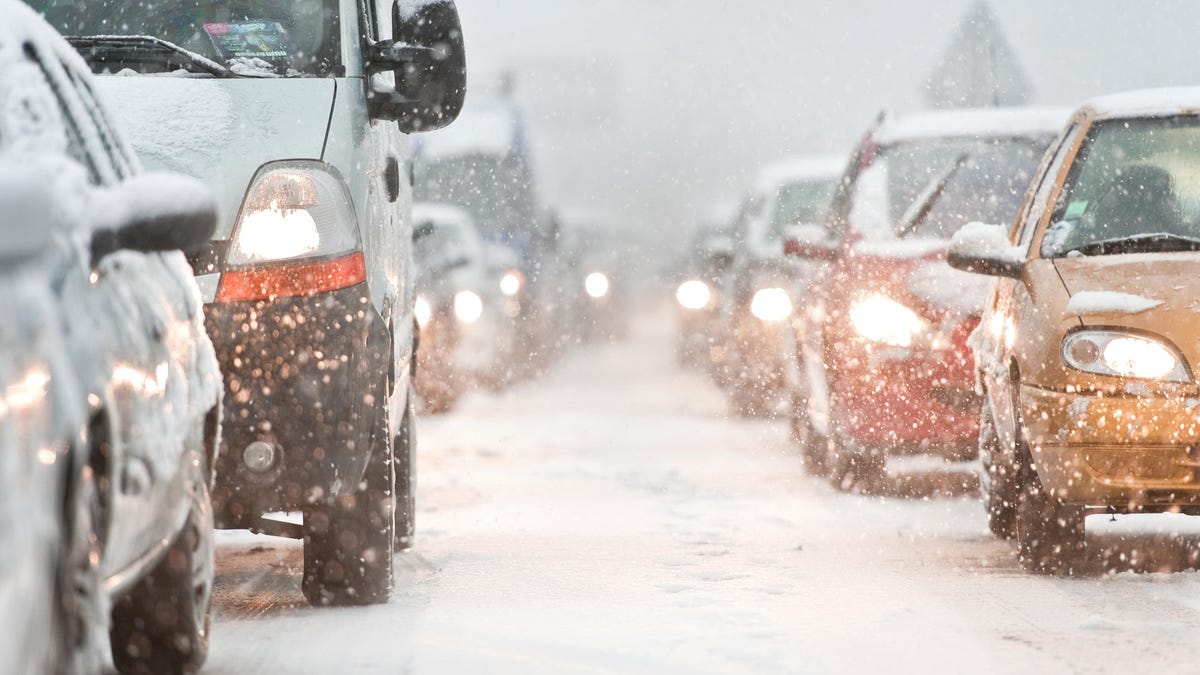How Winter Weather Will Affect Your Holiday Plans This Year

Coming through July, also known as the hottest month ever recorded on Earth, cold winter weather can sound refreshing. But will the 2023-2024 winter be like last year’s , with minimal snow and unusually high temperatures? Or will it provide our next dose of extreme conditions, bringing extreme cold and heavy rainfall? And in any case, how will this affect the holiday trip?
The Farmers Almanac has just published its forecasts for the winter of 2023-2024 and we could be in for a crazy ride. Here’s what you need to know.
What winter weather does the Farmer’s Almanac predict for the 2023-2024 season?
Of course, predictions are no guarantee, but based on over 200 years of weather observation, the Farmer’s Almanac has released the following extended forecast for summer 2023-2024:
Return of El Niño
El Niño refers to a climate pattern that results in unusually warm surface waters in the eastern tropical Pacific, off the coast of South America. According to the National Oceanic and Atmospheric Association (NOAA), South American fishermen first noticed the weather in the 1600s and named it “El Niño de Navidad” because the peak usually occurs in December.
The Farmers Almanac expects El Niño to return by the end of 2023 and last until 2024, bringing with it low temperatures, snow, sleet and ice across the country.
Early start of winter
Although winter doesn’t officially start until December 21, the Farmers’ Almanac predicts a stormy start to the month, followed by a chance of snowstorms in northern New England, north central states, and northern and central New Mexico. Oklahoma and Arkansas.
Those who live in these regions or travel to them on public holidays may wish to take this winter forecast into account before booking anything.
Generally cold and wet season
Unlike last year, when winters were unusually mild in some regions, winter conditions will return to normal in the first few months of 2024. Here is the Farmers Almanac winter forecast for 2024 for different parts of the country:
Great Lakes, Midwest, central and northern New England : Below average temperatures, lots of snow, sleet, ice and rain.
Pacific Northwest : Unusually snowy and wet winters.
California and Southwest : Large amounts of rain and snow.
Great Plains and Rocky Mountains : Low temperatures and occasional storm attacks bringing heavy rain and snow.
Texas : Unseasonably cold weather in January and February with a possible severe winter storm in mid-January.
Southeast and Florida : Wetter than usual winters with average temperatures except for a few frosts.
I-95 corridor from Washington to Boston : Lots of rain, sleet and snowstorms.